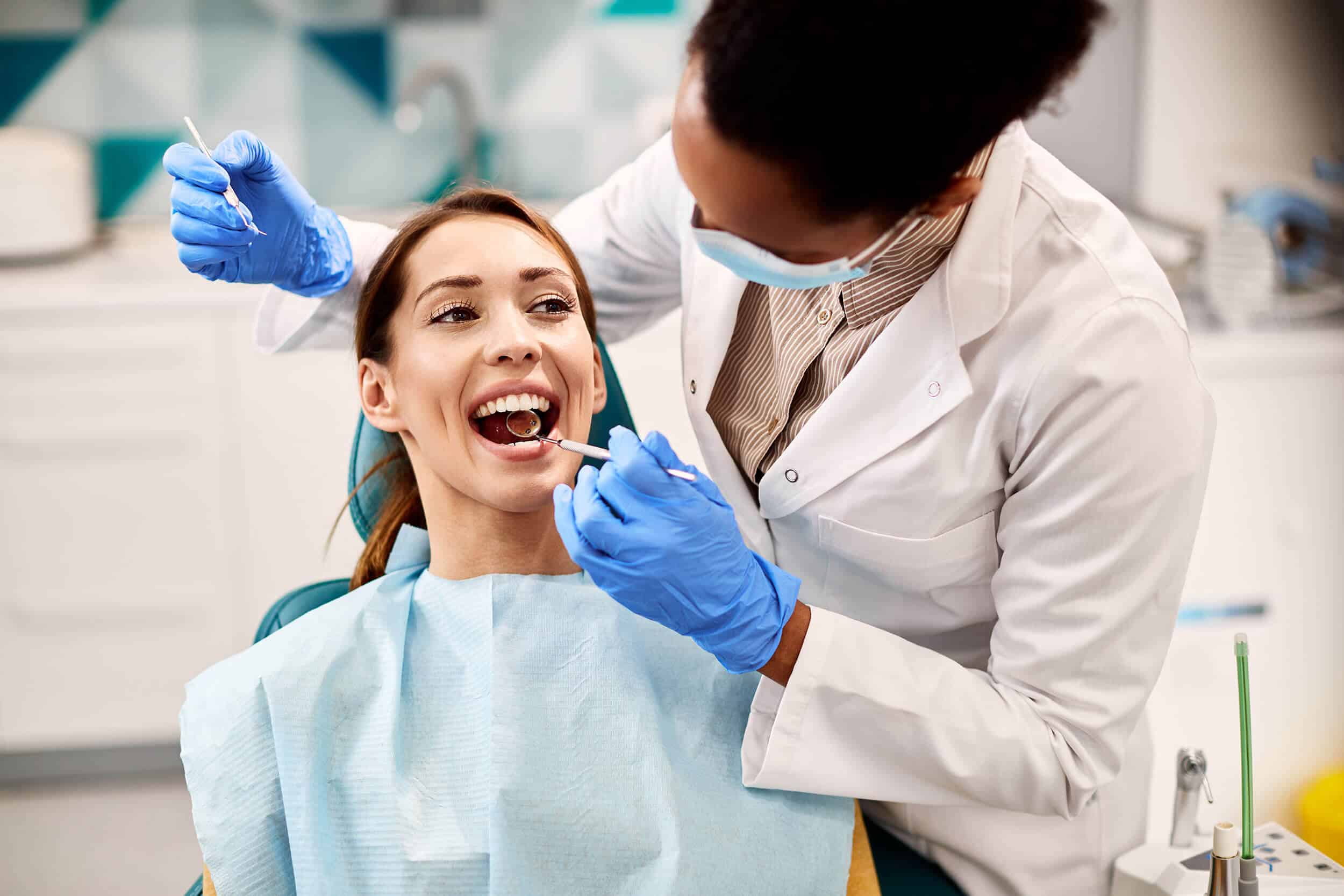

Cancer is a disease that can cause a great deal of physical, emotional, and financial stress for patients and their families. According to the National Cancer Institute, there will be an estimated 1,806,590 new cancer cases diagnosed and 606, 520 cancer deaths in the United States in 2020.
While cancer death rates have been declining since the early 1990s, incidence rates have been increasing in some cancer types, such as oropharyngeal cancer.
According to the American Cancer Society, the 5-year survival rate for all cancers combined is currently at 67%. However, for oral cancer, the 5-year survival rate is only about 50-60%.
The good news is that, with early detection and treatment, the survival rate for oral cancer can be increased to 80-90%. This is why it is important for people to be aware of the signs and symptoms of oral cancer and to see a dentist or other medical professional for regular check-ups.
To learn more about oral cancer and how to detect it early, read on!
While oral cancer can develop in anyone, there are some higher risk populations. According to the American Cancer Society, the following groups of people are at the highest risk:
– Smokers and tobacco users: This includes cigarettes, cigars, smokeless tobacco, pipes, and all forms of smokeless tobacco products.
– Heavy drinkers: Individuals who consume more than 15 alcoholic drinks a week are at an increased risk for oral cancer.
– People with a history of oral cancer: If you’ve had oral cancer before, there is an increased risk of it returning.
– People over the age of 40: Oral cancer is most common among people over the age of 40.
– White men over the age of 50: Men, particularly those of European decent, are more likely to develop oral cancer than women.
– Sun-damaged lips: Exposure to the sun can increase the risk of lip cancer.
– HIV or HPV: People with HIV or HPV are also at an increased risk for developing oral cancer.
If you are in any of these high risk groups mentioned above, it is important to talk to your doctor or dentist about your risk factors and any screening or preventative measures you should take.
Oral cancer can present in your mouth in various ways and without any warning signs. The most common signs and symptoms of oral cancer include:
– Sores in or on your mouth or lips that do not heal within 2 weeks.
– Red or white patches on the inside of your mouth.
– Swelling or lumps in your mouth or neck.
– Difficulty swallowing or chewing.
– Unexplained neck and facial pain.
– Changes in the way your teeth fit together while biting.
– Voice changes or hoarseness.
– Numbness in your mouth, lips, or face.
If you are experiencing any of these symptoms, it is important to talk with your doctor right away. Early detection is key in treating and managing oral cancer, so it is better to be safe than sorry.
The most important thing you can do to prevent oral cancer is to quit smoking and/or using all forms of tobacco products, including smokeless tobacco. Smoking is the primary risk factor for oral cancer, and quitting dramatically reduces your risk.
It is also recommended to practice safe sex and stay up to date on all HPV vaccinations. HPV is a very common virus, but some strains can increase your risk for oral cancer.
It is also important to maintain a healthy diet and exercise regularly. A nutrient-dense diet full of leafy greens, fruits, and vegetables can help maintain a strong immune system and reduce your risk of developing oral cancer. Regular physical activity has also been linked to lower cancer risk.
Finally, it is recommended to visit your All Kind Smiles regularly and keep an eye on any possible warning signs. Make sure to address any concerns right away with your healthcare provider, as early detection is key in treating and managing oral cancer.